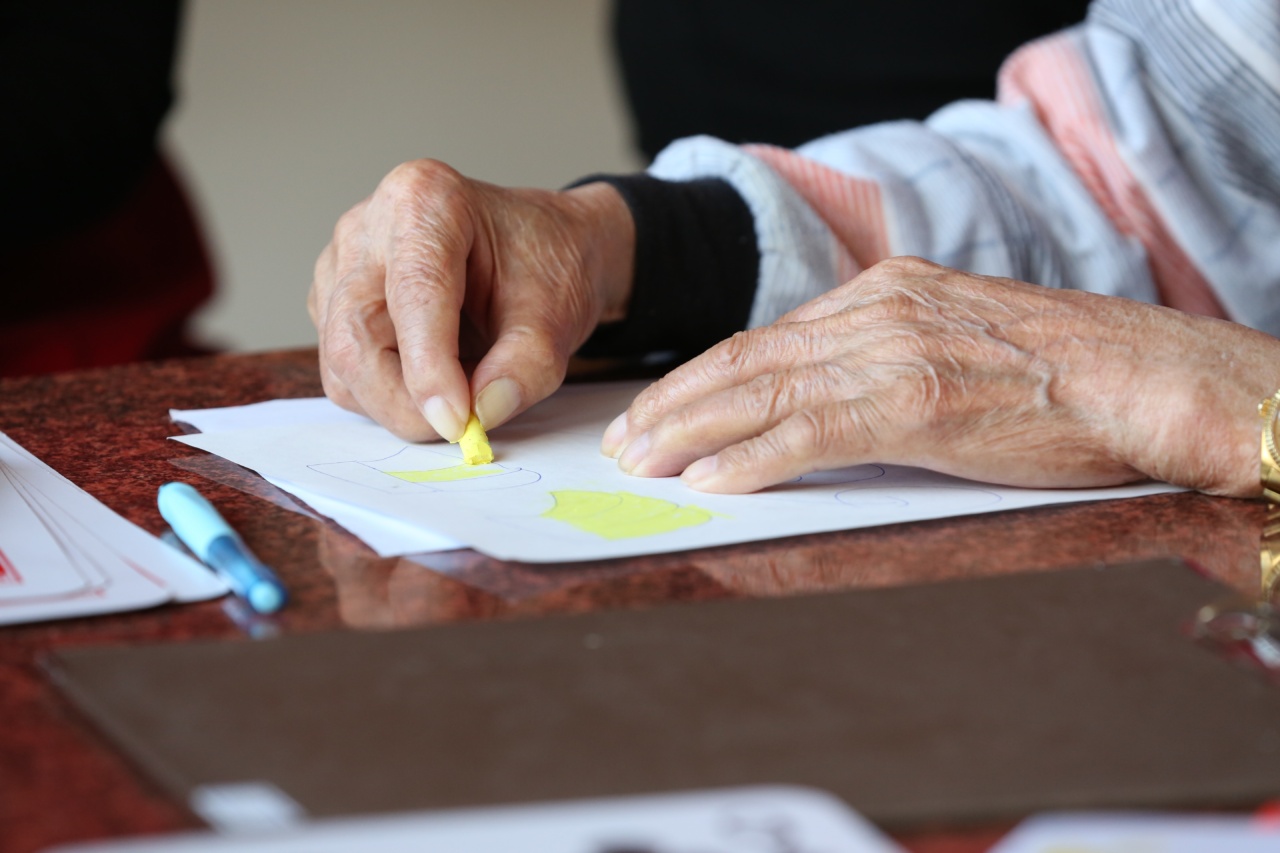Rheumatoid arthritis (RA) is a chronic autoimmune disease that primarily affects the joints. It is characterized by inflammation, pain, swelling, and stiffness in the affected areas.
RA can significantly impact a person’s quality of life, making even the simplest daily activities challenging.
Understanding the Benefits of Yoga
Yoga, an ancient practice originating in India, combines physical postures (asanas), breathing exercises (pranayama), and meditation to promote overall well-being.
In recent years, studies have shown that practicing yoga can offer numerous benefits for individuals with rheumatoid arthritis.
Reducing Pain and Inflammation
One of the primary benefits of practicing yoga for individuals with rheumatoid arthritis is that it can effectively reduce pain and inflammation. Certain yoga poses help promote joint flexibility and decrease stiffness, offering much-needed relief.
Yoga Poses for Rheumatoid Arthritis
1. Child’s Pose (Balasana): This gentle resting pose helps stretch the hips, thighs, and ankles, providing relief for stiffness and pain in these areas.
2. Cat-Cow Pose (Marjaryasana-Bitilasana): This dynamic movement improves spinal flexibility and promotes circulation, reducing inflammation in the spine.
3. Downward-Facing Dog Pose (Adho Mukha Svanasana): This pose stretches the entire body, strengthens the arms and legs, and improves overall flexibility and balance.
4. Bridge Pose (Setu Bandhasana): This pose targets the back, hips, and glutes, helping to alleviate pain and stiffness in those areas.
5. Corpse Pose (Savasana): This final relaxation pose helps reduce stress and tension, promoting a sense of calm and overall well-being.
Benefits of Breathing Techniques
In addition to yoga poses, specific breathing techniques (pranayama) can further reduce pain and inflammation associated with rheumatoid arthritis. Deep breathing exercises help improve lung function, increase oxygen intake, and promote relaxation.
Mindfulness and Stress Reduction
Yoga is not just physical exercise; it also focuses on mindfulness and meditation. Engaging in a regular yoga practice can help individuals with rheumatoid arthritis better manage stress and reduce anxiety.
By incorporating mindfulness techniques, individuals can cultivate a more positive mindset and improve their overall well-being.
Building Strength and Flexibility
Regular yoga practice helps build strength and flexibility in the body. Strengthening the muscles around affected joints can help support and protect them, reducing pain and discomfort.
Improved flexibility also allows for a greater range of motion, minimizing stiffness and increasing mobility.
Practicing Yoga Safely
While yoga can be a beneficial practice for individuals with rheumatoid arthritis, it is important to approach it with caution and take certain precautions. Here are some tips for practicing yoga safely:.
1. Consult with a healthcare professional before starting a new exercise regimen.
2. Inform your yoga instructor about your condition and any limitations you may have.
3. Listen to your body and modify poses as needed to avoid discomfort or pain.
4. Choose a gentle or beginner-level yoga class that focuses on modifications for individuals with arthritis.
Conclusion
Practicing yoga offers numerous benefits for individuals with rheumatoid arthritis.
From reducing pain and inflammation to improving strength, flexibility, and mindfulness, yoga can significantly enhance the well-being of those living with this chronic condition. By incorporating yoga into their daily routine, individuals can experience improved joint health, increased mobility, and a better overall quality of life.































